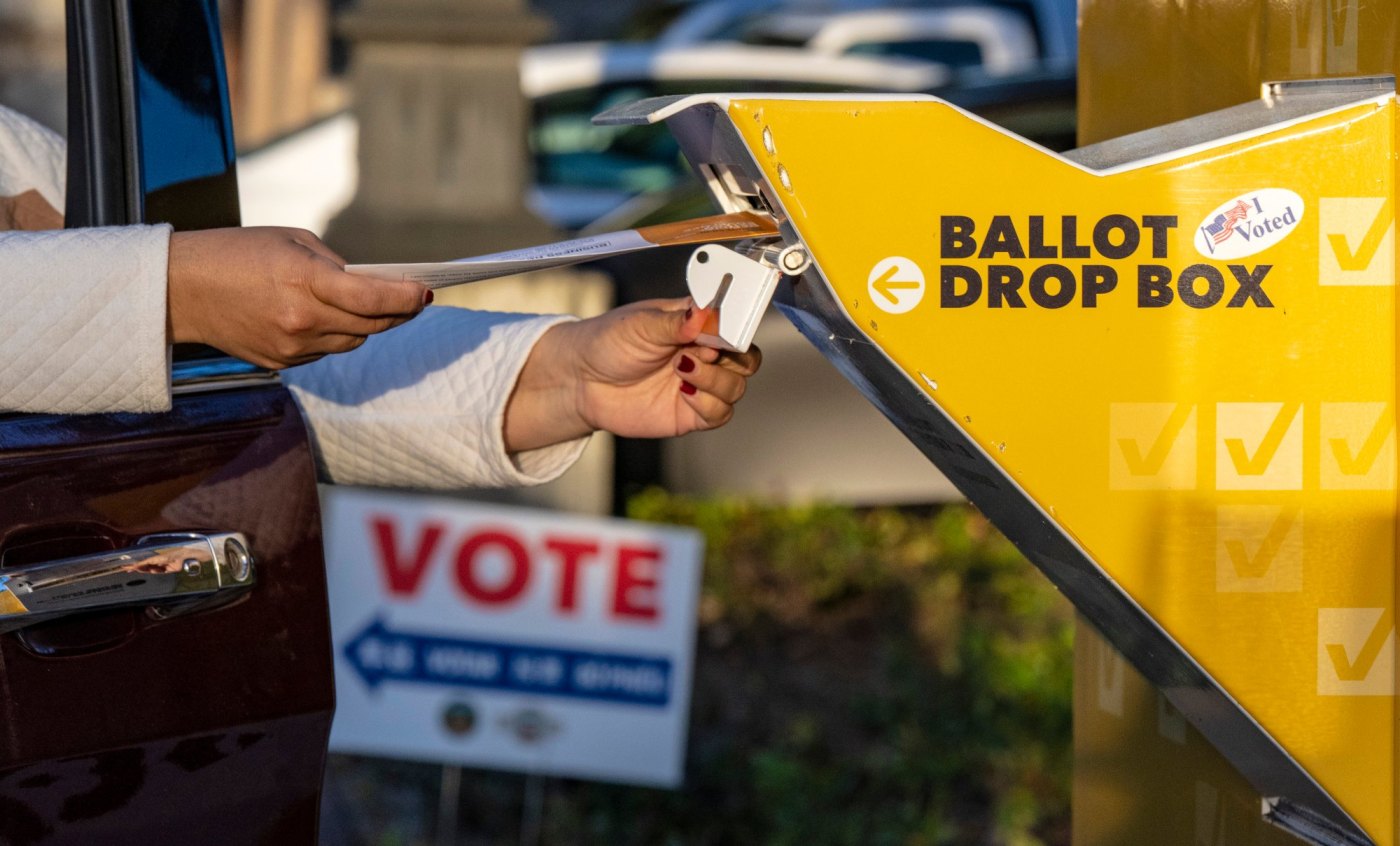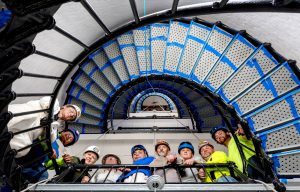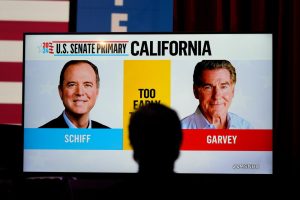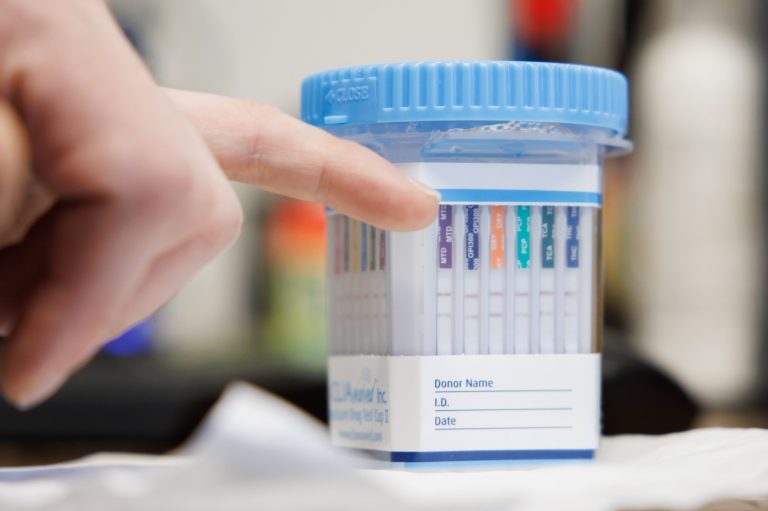Californians vote on many ballot measures, but rarely participate in significant public discussions about the measures’ contents and impacts.
This isn’t just about apathy. Rather, it’s an example of “rational ignorance,” a term coined by economist Anthony Downs in 1957, to define this democratic reality: Since your individual vote doesn’t much matter among millions of votes, it’s rational to not devote precious time to studying complex issues on the ballot.
But, when too many of us remain rationally ignorant, our election results don’t reflect the public interest.
This year, however, Stanford political scientists are seeking to counter the problem with an advanced tool: a digital Deliberative Poll.
The poll would give hundreds of Californians the opportunity to deliberate over certain ballot measures. One set of likely candidates for deliberation are three competing constitutional amendments involving voting requirements for taxes.
Here’s how digital Deliberative Polls work. Stanford’s Deliberative Democracy Lab assembles a representative sample of the California electorate. Participants are paid for their time and child- or elder-care obligations. Their Internet speeds are increased if necessary.
First, the platform, developed in collaboration with Stanford’s Crowdsourced Democracy Team, polls participants on the measures to establish a baseline. Then, some members of the group deliberate. The rest are in a control group that doesn’t deliberate, to provide a point of comparison.
Next, the AI-assisted platform randomly divides the sample into small groups of 10 that engage in video-based dialogue over the ballot measures and decide on questions to ask panels of experts representing different points of view during plenary sessions. The small group deliberations and plenaries alternate throughout the process.
The AI facilitates an equal discussion, nudging reluctant participants to speak up. The platform can intervene if people become uncivil.
At the deliberation’s end, participants (and the control group) are polled again on the measures. The before-and-after difference between the survey results are shared with the public, to demonstrate the impact of deliberation on views.
“It is a social science experiment and a form of public education,” said Stanford’s James Fishkin, who leads the polls and the Deliberative Democracy Lab. “It overcomes ‘rational ignorance’ because each person, instead of one voice in millions, has one voice in a small group of 10 engaging in meaningful dialogue.”
Fishkin originated the concept of the Deliberative Poll as an in-person event, in 1988, and has deployed it on issues ranging from Korean reunification to civil service reform in Brazil. Recently, Fishkin and his team conducted Deliberative polls known as “America in One Room” that got Americans of different views to deliberate with one another on issues from energy to immigration.
The momentum to use Deliberative Polling in California dates to the attempted 2021 recall of Gov. Gavin Newsom, which increased public concern about flaws in California’s direct democracy.
In response, Secretary of State Shirley Weber asked former Gov. Jerry Brown and former Chief Justice Ronald George to recommend reforms of initiative, referendum, and recall. With assistance from Nathan Gardels of the nonpartisan Think Long Committee for California and the Berggruen Institute, their report suggested a public, institutional platform for informed deliberation on ballot measures. A 2022 Public Policy Institute of California survey found 77% support among likely voters for an independent citizens’ commission to review measures.
Related Articles
Elias: Proof of California Prop. 1’s worth will be in its performance
Gov. Newsom celebrates narrow win for Prop. 1 mental health measure
Prop 1: Voters pass measure pushed by Gov. Newsom to tackle homelessness crisis in razor-thin win
Prop. 1 backers and foes both seek count of thousands of disqualified ballots
Ballot measure to require personal finance class in California high schools gathers steam
Today, Think Long and the Stanford team are circulating a proposal to funders to apply Deliberative Polling to the measures this November. (Full disclosure: I’m a fellow in Berggruen’s Renovating Democracy program this year.)
Deliberate Polling can be especially effective when multiple measures address similar issues — as with the competing taxation amendments. Fishkin and Siu held a well-received Deliberative Poll around four different proposals to the Finnish parliament.
Fishkin said that stakeholders on opposing sides of measures participate in the deliberations because they want to have their best case heard. Participants in processes like Deliberative Polls also become more engaged citizens. The rest of us can become less ignorant from seeing the results of their deliberations.
Joe Mathews writes the Connecting California column for Zócalo Public Square.












